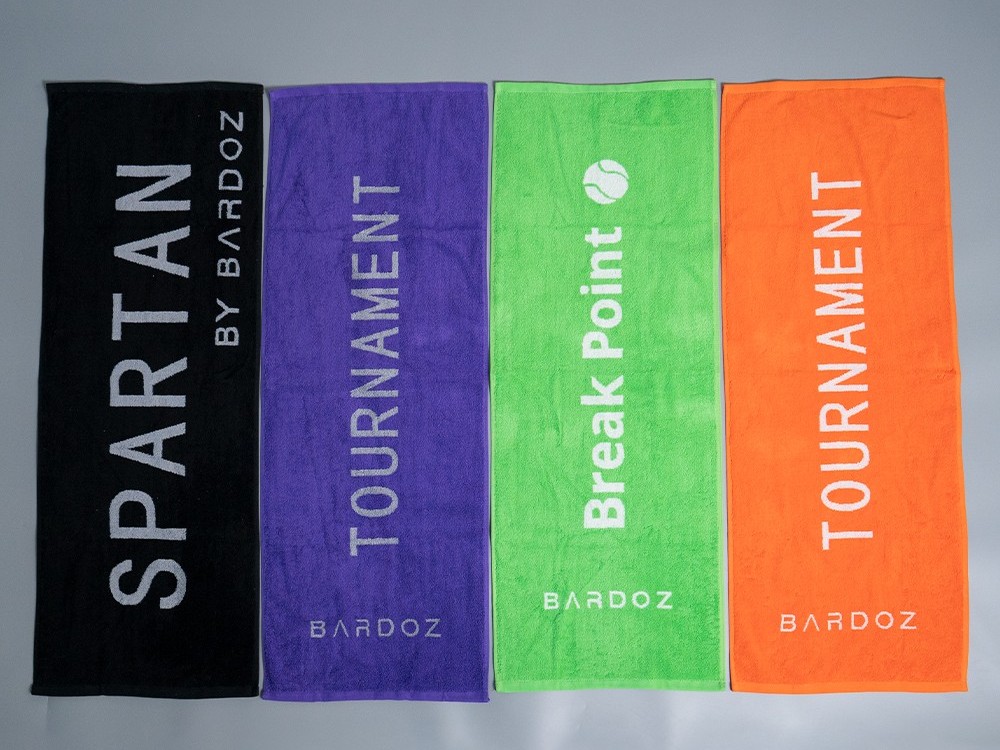The wear and tear of linen is not merely about "getting old", but also a real loss of money
First of all, it should be clear that the degradation rate of linen does not equal the natural aging rate. The former refers to the proportion of linen that is prematurely withdrawn from use due to abnormal wear and tear, while the latter is the normal aging of linen within its reasonable service life. For instance, the standard lifespan of a bath towel is 50 to 80 washes. If it is scrapped after 30 washes due to stains or damage, the difference of 20 to 50 washes is the cost waste caused by the loss.
Have you fallen into any of the three "hidden killers" of linen wear and tear?
The "short lifespan" of linen is often not caused by a single reason, but rather by the accumulation of multiple oversights in daily operations.
1. Improper use by the guest
The "hotspot" of stains: hard-to-clean stains such as cosmetics,
oil stains, and hair dyes are the number one culprit for the premature scrapping of linen. Some guests use towels as rags to wipe shoes or tables, or eat snacks or dye their hair on bed sheets. Stubborn stains left behind may remain even after professional
cleaning.
Physical damage: Accidentally cutting the linen when using sharp objects such as scissors or razors; Wearing shoes and stepping on the bed can cause snagging, wear and tear, etc.
2. Internal operational oversights
"Hidden damage"
in the washing process: excessively high washing temperature (exceeding 60℃ may damage cotton fibers), excessive detergent usage (strong alkalinity causes linen to become brittle). Washing linen of different colors and materials together can lead
to staining and fringing (for example, if towels and bed sheets are washed together, the lint from the towels may entwine around the bed sheets, causing pilling). Improper use of bleach (excessive bleaching of colored linen leads to fading and yellowing).
Improper collection, delivery and storage: Room attendants casually drag the linen when collecting it, causing edge wear and tear. Linen piled up in a damp environment with sharp objects (such as cleaning tools) can breed mold or get scratched.
3. The linen itself has "inherent deficiencies". To cut costs, low-count and low-density linen is chosen, with loose fibers that are prone to wear and pilling. The size of the linen does not match the bedding (for example, the bed sheet is too
short and the edges are damaged due to repeated pulling when making the bed).
The "Golden Rule" for reducing the loss rate
To control the loss of linen, it is necessary to follow the principle of "prevention first, treatment second", and form a closed-loop management from guest guidance, internal management to linen selection.
1. To guests: Gentle guidance to reduce
"unintentional mistakes". Place a reminder card in a prominent position in the guest room: "Dear guests, to keep the bedding clean, please do not let cosmetics or oil stains come into direct contact with the bedding. If you need to clean stubborn
stains, please contact room service." The bathroom is equipped with special "makeup remover wipes" and "shoe polish cloths" to prevent guests from mistakenly using towels. If you find that guests have special needs (such as hair dyeing), you can proactively
provide disposable shower caps, protective pads, etc., to avoid risks in advance.
2. Internally: Standardize processes and "block losses halfway"
"Refinement" of washing standards: Develop a "Linen Washing Manual", clearly defining the
washing temperatures for different types of linen (such as 50-60℃ for pure cotton linen and 30-40℃ for chemical fiber linen), detergent ratios, and the application scope of bleach.
Strictly implement "categorized washing" : separate dark and
light colors, towels and bedding, and pre-treat stained linen separately (such as soaking it in advance with stain remover).
Operation process "anti-wear and tear" : When room attendants collect linen, they use special linen bags to store it
to avoid dragging. When making the bed, pull it gently and do not pull it forcefully. The linen storage area should be kept dry and clean. Moisture-proof pads should be laid on the floor to prevent it from being mixed with cleaning tools. Regularly
inspect the condition of the linen and promptly repair any minor damages (such as small threads) to extend its service life.
3. For linen: Choose the right "partner" to reduce waste from the source.
Prioritize high-count and high-density linen (such as pure cotton with a count of over 60), which has firm and durable fibers and can maintain its shape even after multiple washes. Match the material according to the scene. For example, for bathroom towels, choose "spiral loop" material, which is water-absorbent and wear-resistant. Choose "combed cotton" for the bed sheet, which is wrinkle-resistant and less prone to pilling. When customizing, ensure the dimensions are precise (for example, the length and width of the bed sheet should be 30-40cm longer than those of the bed frame to avoid excessive pulling when making the bed). Although linen is small, it is a "barometer" of hotel service quality - clean and smooth bedding can bring peace of mind to guests, and behind the control of damage rate lies the embodiment of the hotel's meticulous management.

Towel Brand:Dream Princess Material:Pure cotton Size:customizable Process:embroidery Features:Quick drying, soft and durable

Towel Brand:Dream Princess Material:Pure cotton Size:customizable Process:embroidery Features:Quick drying, soft and durable

Towel Brand:Dream Princess Material:Pure cotton Size:customizable Process:embroidery Features:Quick drying, soft and durable